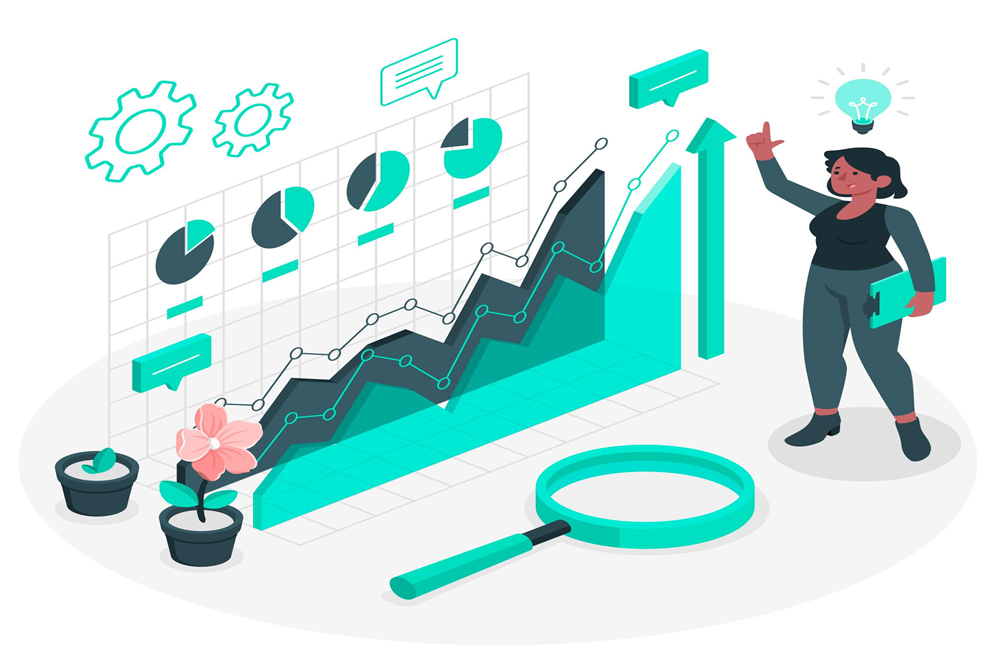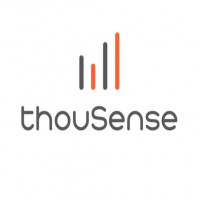Demand Analysis vs. Demand Forecasting: Key Differences and When to Use Each in Business Strategy

Strong 8k brings an ultra-HD IPTV experience to your living room and your pocket.
Did you know that over 30% of businesses fail due to poor demand planning? Understanding what your customers want, why they want it, and how much they’ll need is the secret sauce behind many successful companies. But here’s the catch—there’s no one-size-fits-all approach to tackling market demand. Businesses often juggle two critical tools: demand analysis and demand forecasting.
Imagine them as two sides of the same coin—one delves deep into why customers are making their choices today, while the other predicts what they’ll need tomorrow. If you’ve ever wondered whether your business needs a crystal-clear snapshot of current market behavior or a reliable map of future trends, this blog will provide clarity. Buckle up as we explore the key differences, strengths, and practical applications of these essential tools for business strategy.
What is Demand Analysis?
Demand analysis mainly refers to a comprehensive evaluation of the factors that influence consumer demand for a product or service. It’s not just about crunching numbers; it’s about understanding what makes consumers tick. From market trends and purchasing behavior to competitive dynamics, demand analysis provides a detailed snapshot of the current market landscape.
What are the Components of Demand Analysis?
A robust demand analysis often includes the following:
Understanding Consumer Behavior
Consumer purchasing patterns, preferences, and motivations are at the core of demand analysis. For example, why do some consumers choose brand A over brand B? Is it price, quality, or brand loyalty?
Market Segmentation
Businesses divide their market into distinct groups based on demographics, psychographics, or behavior to understand specific consumer needs. A product targeting teenagers, for instance, will require a strategy different from one aimed at retirees.
Assessing Price Sensitivity
Price elasticity is a key focus in demand analysis. Understanding how price changes affect demand helps businesses fine-tune their pricing strategy to optimize revenue.
Analyzing the Competitive Landscape
Evaluating competitors’ strengths, weaknesses, and strategies sheds light on opportunities to capture market share or avoid oversaturation.
External Influences
Factors like economic conditions, regulatory changes, and technological advancements play a critical role in shaping demand.
Why Demand Analysis is Crucial
Conducting demand analysis allows businesses to:
Identify gaps in the market and develop innovative products or services.
Adjust marketing campaigns to resonate with specific consumer segments.
Avoid missteps like launching products in markets with limited demand.
Stay agile in dynamic markets by adapting to shifts in consumer preferences.
Real-World Example of Demand Analysis
A company producing electric vehicles (EVs) might conduct demand analysis to understand regional adoption rates, consumer hesitations, and the impact of government subsidies. Insights could reveal a higher demand in urban areas with strong charging infrastructure and help shape marketing strategies accordingly.
What is Demand Forecasting?
Demand forecasting is the art and science of predicting future consumer demand. By analyzing historical data, market trends, and statistical models, businesses estimate how much of a product or service will be needed in the coming months or years. It’s a forward-looking approach, guiding operational and strategic decisions.
Methods of Demand Forecasting
There are two primary methods for demand forecasting:
Qualitative Methods
These rely on expert opinions, focus groups, and market research. They are particularly useful in scenarios where historical data is limited, such as launching a new product.
Quantitative Methods
Statistical tools like time series analysis and regression models dominate this category. These methods use past sales data to identify patterns and predict future demand.
Hybrid Approaches
Many companies now combine qualitative insights with quantitative techniques to refine their forecasting accuracy.
Key Benefits of Demand Forecasting
Effective demand forecasting enables businesses to:
Maintain optimal inventory levels, reducing holding costs and preventing stockouts.
Align production schedules with anticipated demand, ensuring resource efficiency.
Manage supply chain operations more effectively, avoiding delays or disruptions.
Plan finances by projecting revenue and aligning budgets with expected sales.
Demand Forecasting in Action
Take a smartphone manufacturer. By analyzing past sales trends, the company may forecast a spike in demand for its newest model during the holiday season. This prediction helps ensure sufficient inventory and timely marketing campaigns, maximizing sales potential.
Demand Analysis vs. Demand Forecasting: What are the Key Differences?
Though they are closely related, demand analysis and demand forecasting differ in several critical ways:
Objective and Focus
Demand Analysis: Focuses on the present. It seeks to understand the drivers behind current consumer behavior, such as preferences, purchasing power, and external influences.
Demand Forecasting: Looks to the future. It predicts demand levels to support production, inventory, and financial planning.
Approach and Tools
Demand Analysis: Relies on market research, consumer surveys, and qualitative insights to evaluate demand drivers.
Demand Forecasting: Utilizes statistical models and historical data to make projections.
Business Application
Demand Analysis: Ideal for strategic decisions like entering new markets, launching products, or repositioning brands.
Demand Forecasting: Essential for operational decisions such as stocking inventory, scheduling production, or planning budgets.
When to Use Demand Analysis
Demand analysis is most useful in scenarios where businesses need to understand market dynamics in detail. For instance:
New Market Entry
Before launching in a new geography, companies use demand analysis to evaluate market size, competition, and consumer readiness.
Product Development
Want to know if your target audience will embrace your new product? Demand analysis provides the insights needed to design products that meet real consumer needs.
Marketing Strategy Optimization
Crafting targeted campaigns becomes easier with demand analysis, as it highlights what motivates your audience to buy.
Pricing Decisions
Whether it’s setting introductory prices for a new product or adjusting pricing for existing ones, demand analysis offers invaluable input.
When to Use Demand Forecasting
Demand forecasting, on the other hand, shines when planning for the future. Key use cases include:
Inventory Management
Forecasting demand helps businesses avoid overstocking, which ties up capital, or understocking, which risks losing customers.
Production Scheduling
By aligning manufacturing output with anticipated demand, businesses can prevent wastage and optimize labor usage.
Financial Planning
Accurate demand forecasts enable better revenue predictions and resource allocation.
Supply Chain Management
With clear demand forecasts, businesses can plan procurement, logistics, and supplier collaborations effectively.
Integrating Demand Analysis and Demand Forecasting
The real power lies in combining demand analysis and demand forecasting for a well-rounded business strategy. Here’s how:
Sequential Approach
Start with demand analysis to understand the present market, then use those insights to refine forecasting models.
Continuous Feedback Loop
Regularly update demand forecasts with fresh data from ongoing demand analysis to stay relevant in a dynamic market.
Holistic Decision-Making
Use both tools simultaneously for decisions requiring immediate insights and long-term predictions. For instance, launching a seasonal product might require real-time market analysis combined with historical trend forecasting.
Conclusion
In today’s competitive environment, understanding consumer demand isn’t just a nice-to-have—it’s a strategic imperative. While demand analysis helps businesses decode the present, demand forecasting offers a glimpse into the future. Together, they form a powerful toolkit for making informed decisions, optimizing resources, and driving growth.
At thouSense, we specialize in leveraging advanced analytics to empower businesses with actionable insights. Whether you’re looking to dive into demand analysis or refine your forecasting capabilities, our solutions are designed to keep you ahead of the curve.
Note: IndiBlogHub features both user-submitted and editorial content. We do not verify third-party contributions. Read our Disclaimer and Privacy Policyfor details.







